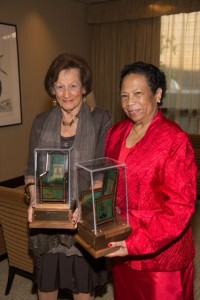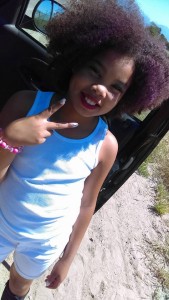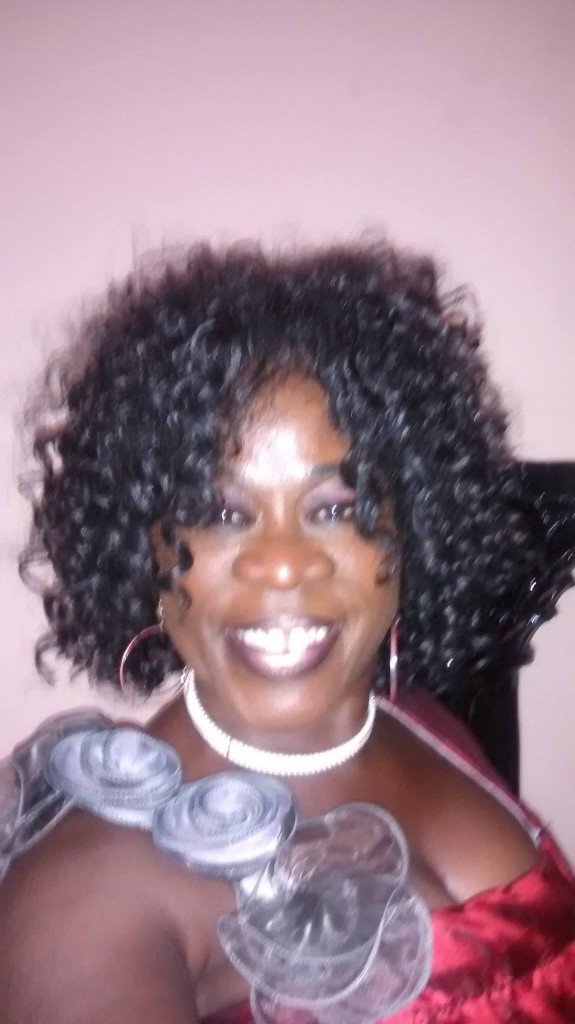
Linda Burnes Bolton, DrPH, RN, FAAN, (right) with Lynn Klinenberg Linkin. Burnes Bolton, vice president for Nursing, chief nursing officer and director of nursing research, has been named Cedars-Sinai’s first James R. Klinenberg, MD, and Lynn Klinenberg Linkin Chair in Nursing. Her work has impacted healthcare policy, clinical practice and patient care across the nation while elevating the role and enhancing the professional training of nurses.
LOMA LINDA, CA- In recognition of her extraordinary accomplishments in nursing leadership, innovation and clinical practice throughout her 45-year career, Linda Burnes Bolton, DrPH, RN, FAAN, has been named Cedars-Sinai’s first James R. Klinenberg, MD and Lynn Klinenberg Linkin Chair in Nursing.
?Burnes Bolton currently serves as health system chief nursing executive, vice president for Nursing, chief nursing officer and director of Nursing Research at Cedars-Sinai. Her work has impacted healthcare policy, clinical practice and patient care across the nation while elevating the role and enhancing the professional training of nurses.
“There are very few professionals who have a sure grasp of policy and practice, who navigate Washington, D.C., Sacramento, board rooms, classrooms, laboratories, patient care units and community clinics with equal assurance,” said Thomas M. Priselac, president and CEO of Cedars-Sinai. “Her devotion to patients, and the staff that care for them, is unwavering.”
In addition to her responsibilities at Cedars-Sinai, Burnes Bolton has served as president of the American Academy of Nursing, the American Organization of Nurse Executives and the National Black Nurses Association. She also was vice chair of the Institute of Medicine Commission on the Future of Nursing, as well as chair of the Robert Wood Johnson Foundation committee on Transforming Care at the Bedside.
During a dedication ceremony, Burnes Bolton expressed gratitude to the Klinenberg and Linkin families, as well as, her fellow nurses.
?”This chair is much bigger than me. It is about nursing as an enduring and vibrant profession and about our responsibility to everyone who trusts us with their lives,” Burnes Bolton said.
?”It emphasizes our commitment to delivering effective, efficient, equitable and inclusive care to each patient who comes to us.”
The James R. Klinenberg, MD and Lynn Klinenberg Linkin Chair in Nursing is named for the late Dr. Klinenberg, who held various leadership roles at Cedars-Sinai during his 30-year career, and for his wife, Lynn Klinenberg Linkin, a public relations professional with a deep commitment to community and philanthropy.
 Westside Story Newspaper – Online The News of The Empire – Sharing the Quest for Excellence
Westside Story Newspaper – Online The News of The Empire – Sharing the Quest for Excellence


